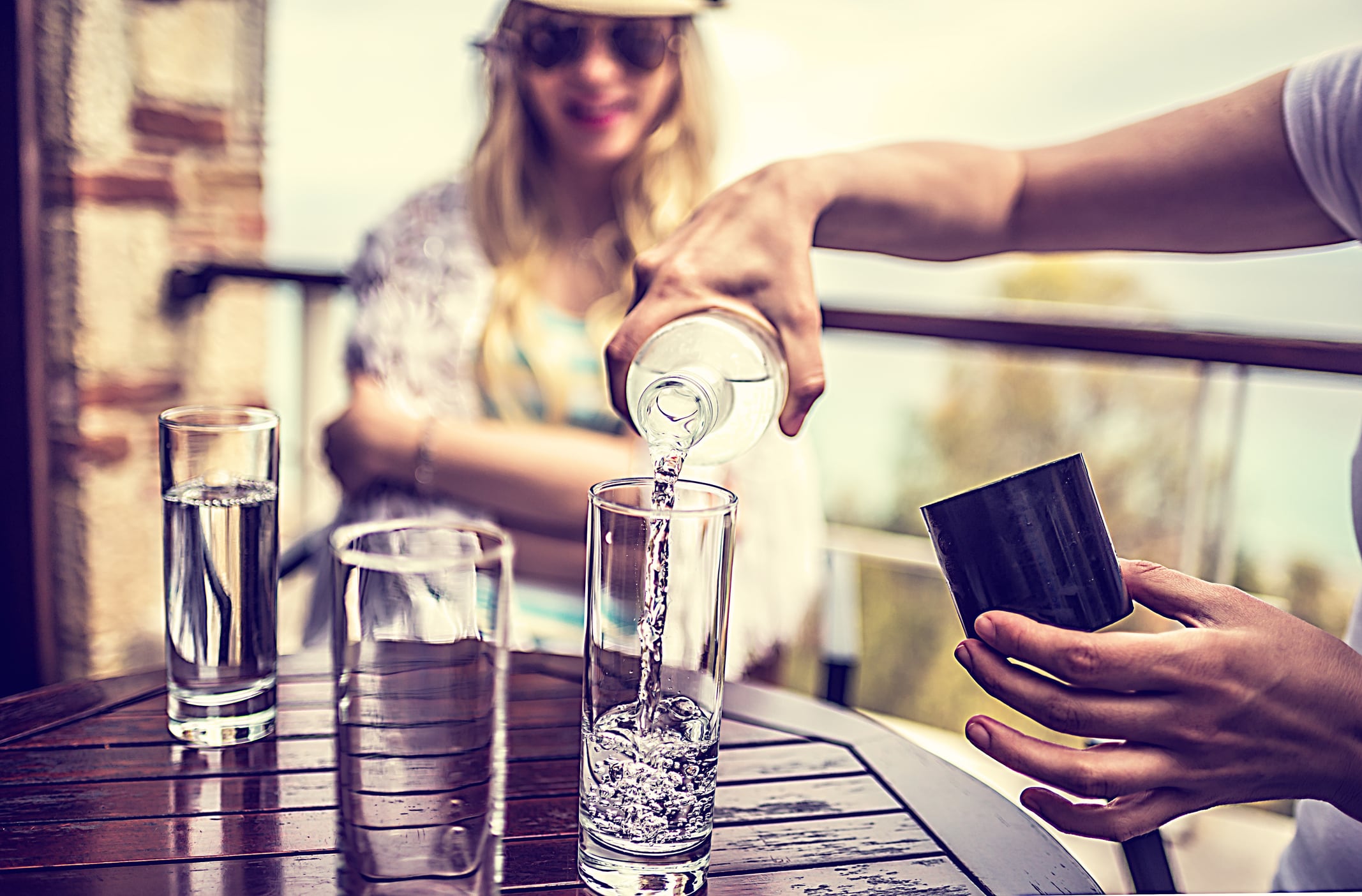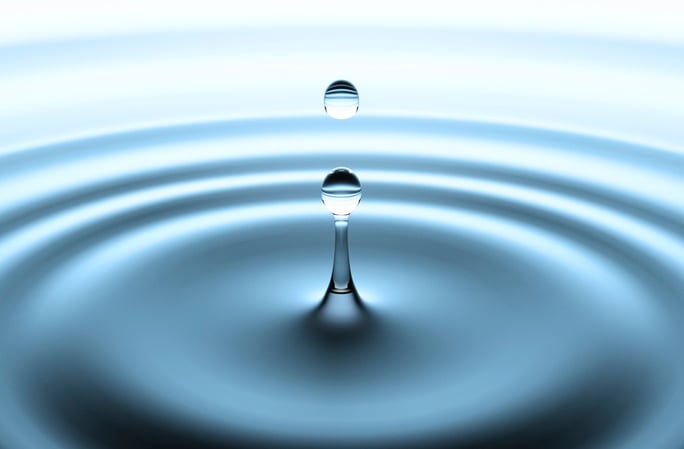As consumers seek functional beverages that deliver essential benefits like hydration, premium bottled water brands are focusing on the sensory experience, sourcing and recyclable packaging to gain a competitive edge.
Within the bottled water category, premium water is on the rise – with a global market value projected to grow a compound annual growth rate of 6.7% from $38.6 billion in 2024 to $74.4 billion in 2034, according to Global Market Insights.
Earlier this year, Nestle announced it would separate its water business into a standalone business – which includes premium still and sparkling brands like San Pellegrino, Perrier and Acqua Pana – to boost slowing sales. After a lackluster third quarter, the multinational attributed its results to soft consumer demand.
Positive Nutrition Broadcast Series: Functional beverage trends bubbling up in 2025
FoodNavigator’s Positive Nutrition Broadcast series features an in-depth look at the functional trends impacting the beverage space. Check out the on-demand broadcast here .
Realm’s high price point reflects its distribution, packaging, water quality
While some may argue that water – a pillar of life – is just water, a brand’s sourcing, packaging and distribution of high-end water significantly impacts its cost and its ability to create a sensory experience that reinforces value, according to Todd Kletter, CEO, Realm, a premium water brand based in New York.
Within the overall water category, Realm’s “price point is high” with a 16-ounce bottle retailing for $6.50 and a 750 mL for $9.25, said Kletter. For comparison, a 500 mL glass bottle of Antipodes sourced from New Zealand is $6.24 and a 375mL glass bottle of Norwegian-sourced Voss is $5.16.
While the brand is not opposed to retail distribution one day, the company currently is focused on building a presence in luxury hospitality and at events this year, Kletter said.
He pointed out that consumers in these segments care about water’s taste, mouthfeel and mineral content – some even visit wellness centers, like New York’s Water Bar, for enriched waters tailored to specific health needs. Additionally, consumers in luxury spaces, like hotels and spas, expect premium products as part of their experience, which helps Realm narrow in on its value proposition.
Realm sources its “naturally filtered” water from an underground spring in New York’s Adirondack Mountains and packages it in clear glass, which adds to cost compared to its plastic counterparts. The water has a high pH that “neutralizes harmful acids” and Total Dissolved Solids (TDS) levels that contribute to a smoother, clean taste without affecting mineral content, according to the company.
However, Realm’s price remains lower than other “fine waters” due to its domestic source, which removes obstacles around “tariffs and fees,” that many importers face, Kletter added.
Realm’s production line also is slower than conventional lines, tacking on costs. The company fills between 35-40 vessels per minute, compared to traditional production lines that fill between 150-180 vessels per minute. The slower rate is to avoid breakage in the packaging and natural carbonation, which is common when filling still spring water at high speeds, Kletter explained.
Sustaining the source
After a five-year process of acquiring the appropriate permits for commercial water distribution, Realm is permitted to extract 36 million gallons of water per year from the natural aquifer, Kletter explained.
While the water source replenishes water quickly, Realm imposed a cap of 20 million gallons per year to ensure a sustainable process and avoid disturbing the property, Kletter elaborated.
The glass bottle, while giving a premium aesthetic to fit higher end customers, is also an effort to reduce plastic use and encourage reusability, he added.


